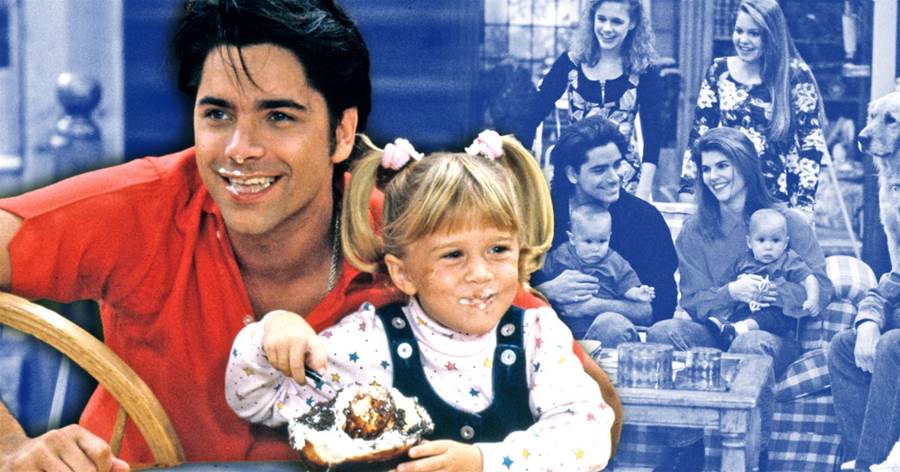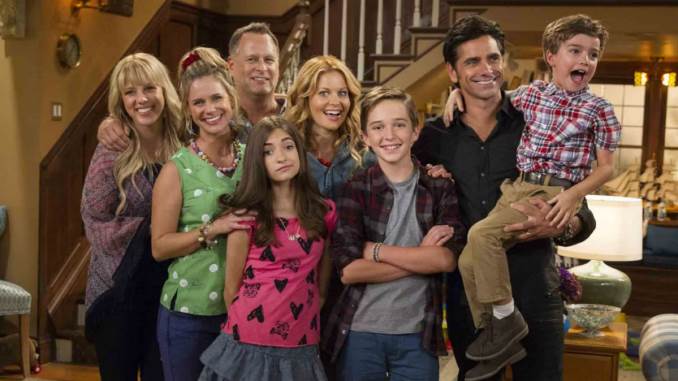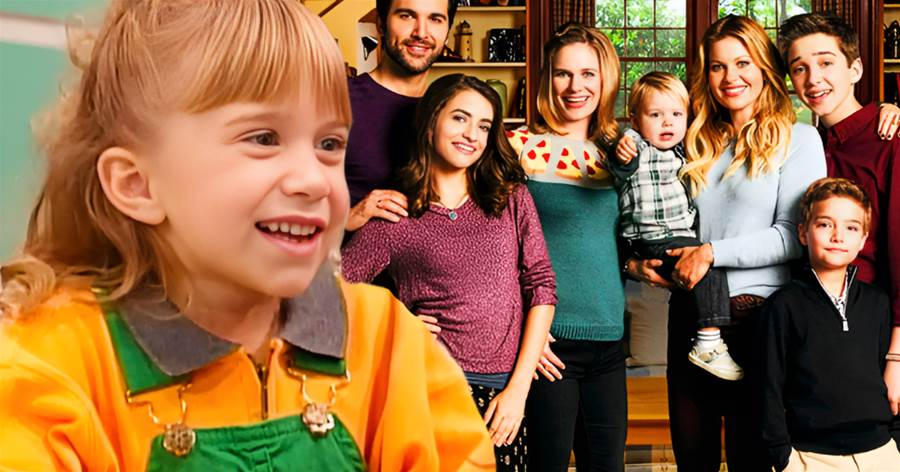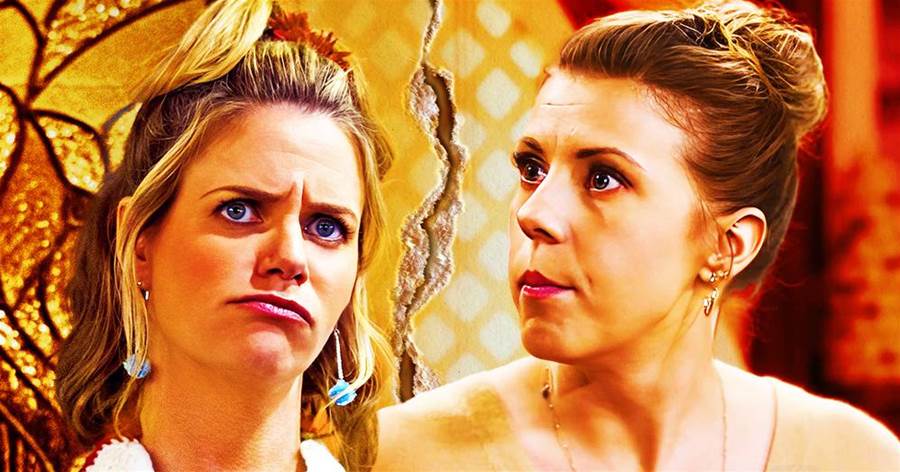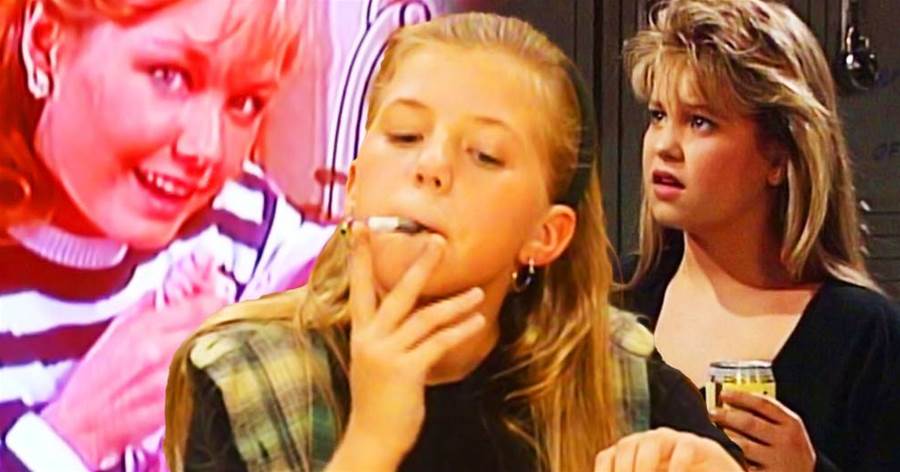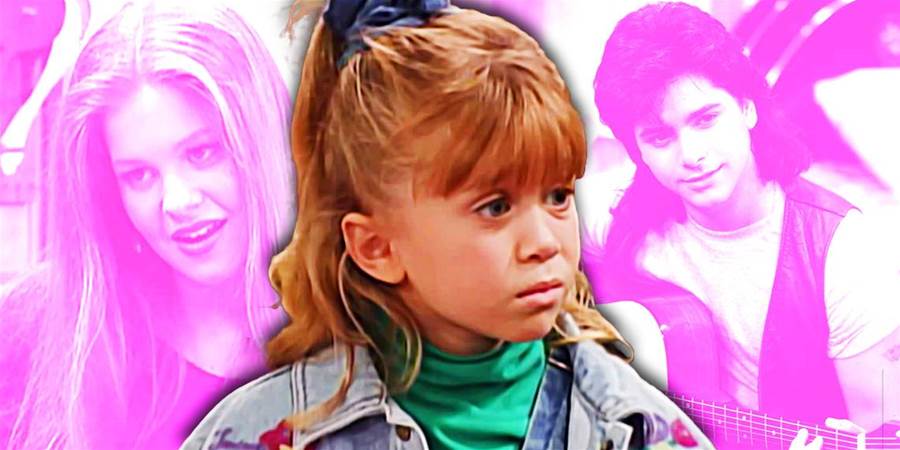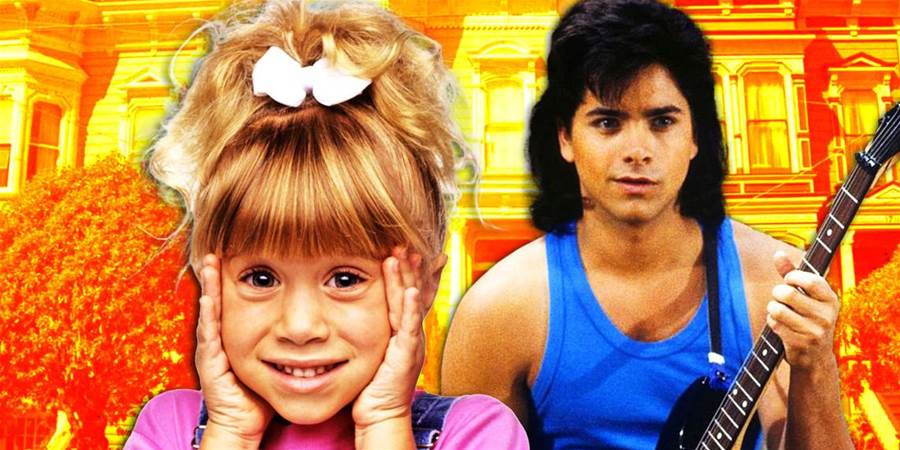
Unmasking A Cult-classic Sitcom: Full House Today
Let's set the nostalgia and sentiment aside, and have a closer look at one of America's beloved sitcom - Full House. Revisiting the show after 36 long years, we discover multiple discomforts tucked behind the hallmarks of humor, single parenting narratives, and jovial family dynamics.
A Sweep Underneath The Carpet
Full House kicked off with Danny Tanner, a widower, raising his three daughters with the help of his friend and brother-in-law. Despite the darkness of its premise, Full House sideline the grief and sorrow ensuing the loss of the Tanner matriarch, focusing fiercely on a humor-infused narrative.
Was it a necessary trade-off, or a deep-seated issue glossed over beneath laughter?
An Unseen Palette: Diversity and Representation
Surprisingly, for a show set in diverse San Francisco, Full House seems overwhelmingly homogenous. From the glaring lack of people of color to inadequate representation of the LGBTQ+ community, Full House missed out on showcasing the vibrant cultural landscape.
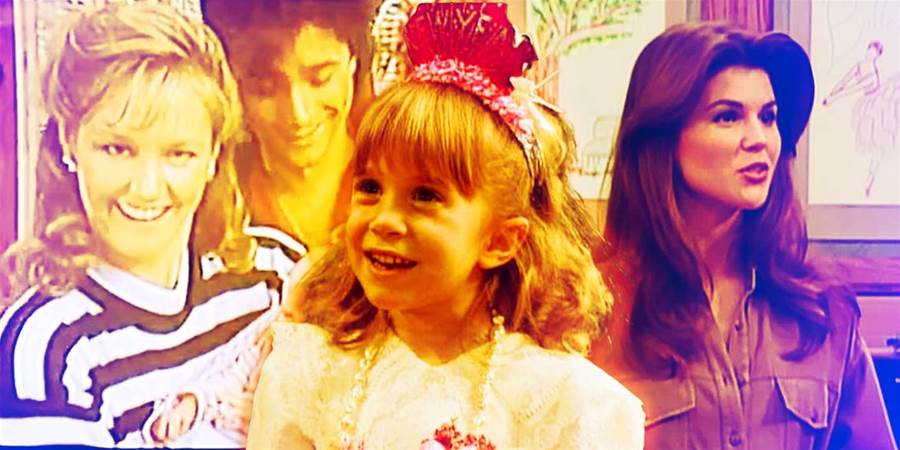
Kimmy Gibbler's Stark Reality
Kimmy Gibbler, the eccentric neighbor and DJ's best friend, was often the butt of painful jokes, despite her troubled life at home. Was the laughter worth the underlying mockery and sometimes insensitive treatment?
The article is not finished. Click on the next page to continue.
The article is not finished. Click on the next page to continue.
Next page